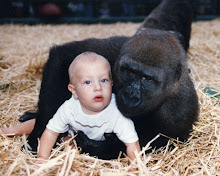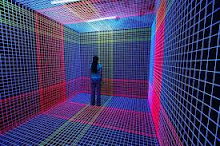
For the calculation of light use the shortest length preference (WC-s) method, the wave length is chosen to be the one for which the wavelength mesh graph provides the shortest path between the two nodes. Note that this will require the shortest path between s and d to be found for each wavelength mesh graph where these two nodes may be connected; the overall shortest path and the corresponding wavelength is then chosen for assignment to the new light-path requested. ² For the ®rst-®t preference (WC-f.f) method, the wavelength mesh graphs are sequentially as ordered in a ®xed pre-determined sequence best results here is a picture of a Quasar. art view has often attempted to gain the resonance with in calculated gravitational Field  Calculation of gravitational vector forces. gravitational force is directed outward giving a potential expansion upward in any direction possibility of floating or anchoring. in F=(G M1 M2)/r^2. G=6.67*10^-11m^3 kg^-1 s^-2. M1 is mass of object 1 in kg. M2=mass of object 2 in kg r=distance between two objects.F=(G M1 M2)/r^2 G=6.67*10^-11m^3 kg^-1 s^-2
Calculation of gravitational vector forces. gravitational force is directed outward giving a potential expansion upward in any direction possibility of floating or anchoring. in F=(G M1 M2)/r^2. G=6.67*10^-11m^3 kg^-1 s^-2. M1 is mass of object 1 in kg. M2=mass of object 2 in kg r=distance between two objects.F=(G M1 M2)/r^2 G=6.67*10^-11m^3 kg^-1 s^-2
M1 is mass of object 1 in kg M2=mass of object 2 in kg r=distance between two objects
This is art view point towards anomalies in forces these can be applied to objects separately. This is not a certainty may take a little development as many have challenged. Its the simplicity of the characteristics addressed to the rings "a concept" towards fission flying but a tip look over these and explain in the terms listed understandable by art view.
 Calculation of gravitational vector forces. gravitational force is directed outward giving a potential expansion upward in any direction possibility of floating or anchoring. in F=(G M1 M2)/r^2. G=6.67*10^-11m^3 kg^-1 s^-2. M1 is mass of object 1 in kg. M2=mass of object 2 in kg r=distance between two objects.F=(G M1 M2)/r^2 G=6.67*10^-11m^3 kg^-1 s^-2
Calculation of gravitational vector forces. gravitational force is directed outward giving a potential expansion upward in any direction possibility of floating or anchoring. in F=(G M1 M2)/r^2. G=6.67*10^-11m^3 kg^-1 s^-2. M1 is mass of object 1 in kg. M2=mass of object 2 in kg r=distance between two objects.F=(G M1 M2)/r^2 G=6.67*10^-11m^3 kg^-1 s^-2M1 is mass of object 1 in kg M2=mass of object 2 in kg r=distance between two objects

This is art view point towards anomalies in forces these can be applied to objects separately. This is not a certainty may take a little development as many have challenged. Its the simplicity of the characteristics addressed to the rings "a concept" towards fission flying but a tip look over these and explain in the terms listed understandable by art view.






